In today's fast-paced world, emergency food packs have become an essential part of disaster preparedness kits, outdoor adventures, and even daily life for those with unpredictable schedules. The challenge lies not just in providing calories to sustain energy but in ensuring these meals deliver balanced nutrition to support health during stressful situations. A well-designed emergency food pack goes beyond mere survival—it should offer a thoughtful combination of macronutrients, micronutrients, and dietary fiber to maintain bodily functions when regular meals aren’t accessible.
The foundation of any emergency ration begins with carbohydrates, the body’s primary energy source. Complex carbs like whole grains or dehydrated sweet potatoes provide steady glucose release, preventing energy crashes common with refined sugars. Yet modern formulations now cleverly blend these with plant-based proteins—lentils, quinoa, or textured vegetable protein—to create meals that mimic the satiety of home-cooked food. This macronutrient balance becomes critical in scenarios where physical exertion or exposure to extreme conditions increases metabolic demands.
What separates cutting-edge emergency nutrition from outdated survival food is its micronutrient profiling. Prolonged reliance on emergency rations can lead to vitamin deficiencies, so premium kits now incorporate freeze-dried vegetables, fortified broths, and even microencapsulated nutrient blends that withstand shelf life demands. The inclusion of ingredients like kale powder or acerola cherry extract addresses the need for Vitamin C during stress, while sunflower lecithin aids nutrient absorption—a detail often overlooked in traditional MREs (Meals Ready-to-Eat).
Dietary fiber represents another frontier in emergency food innovation. Early survival foods frequently caused digestive distress due to lack of roughage, but contemporary solutions utilize resistant starches from green bananas or chicory root that remain stable in storage. Some manufacturers have developed enzyme-treated grains that preserve gut microbiome health—a crucial consideration when medical care may be unavailable. This attention to digestive health reflects broader recognition that emergency nutrition must support immune function, not just calorie intake.
Hydration-enhanced meals mark an emerging trend in the field. Certain formulations now include electrolyte-balanced soups or moisture-activated chemical heaters that simultaneously warm food and produce drinkable water vapor. This dual-purpose approach solves two survival needs simultaneously while conserving precious water reserves. Advanced versions even incorporate hydrogel technology from nasa research, allowing nutrients to be delivered with minimal liquid requirements—an innovation with profound implications for desert or maritime emergencies.
The sensory experience of emergency food has undergone revolutionary changes. Gone are the days of choking down flavorless bricks of compressed grains. Modern culinary techniques like vacuum infusion and Maillard reaction preservation create meals where beef stew actually tastes like beef stew, complete with umami depth from mushroom extracts and fermented soy. This psychological comfort shouldn’t be underestimated—during crises, familiar flavors provide emotional stability while encouraging adequate consumption when appetite might otherwise wane.
Specialized formulations now address diverse dietary needs that were previously ignored. Kits with separate allergen-free compartments, low-FODMAP options for irritable bowel sufferers, or ketogenic emergency packs demonstrate how far the industry has evolved from one-size-fits-all approaches. The most sophisticated systems even include modular nutrient pods that users can combine based on their age, health conditions, or anticipated energy expenditure—personalized nutrition in survival scenarios.
As climate change increases the frequency of disasters and more people embrace extreme outdoor activities, the science behind emergency nutrition will continue advancing. The next generation of products may incorporate bioactive compounds that mitigate stress hormones or nanotechnology for ultra-efficient nutrient delivery. What remains constant is the core principle: proper emergency nourishment doesn’t just keep you alive—it helps you remain functional, focused, and resilient when it matters most.

By Amanda Phillips/Apr 10, 2025

By Rebecca Stewart/Apr 10, 2025
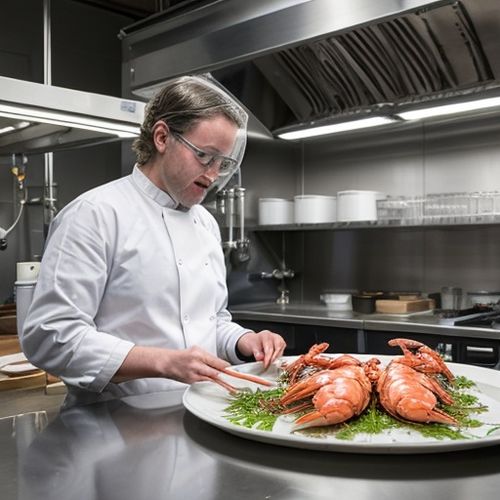
By Emma Thompson/Apr 10, 2025
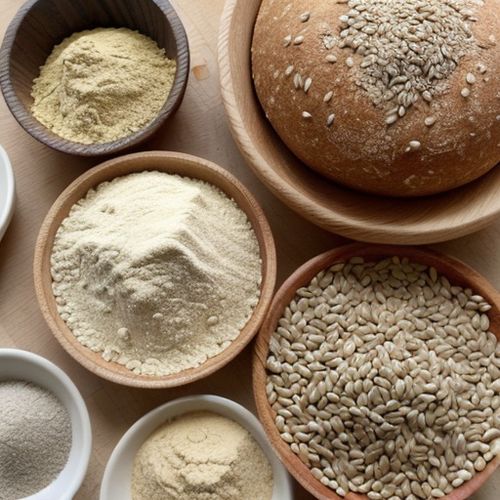
By James Moore/Apr 10, 2025

By Samuel Cooper/Apr 10, 2025

By Elizabeth Taylor/Apr 10, 2025

By Rebecca Stewart/Apr 10, 2025
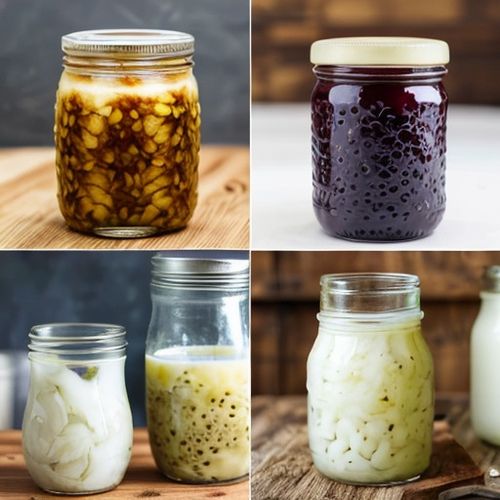
By John Smith/Apr 10, 2025

By Michael Brown/Apr 10, 2025
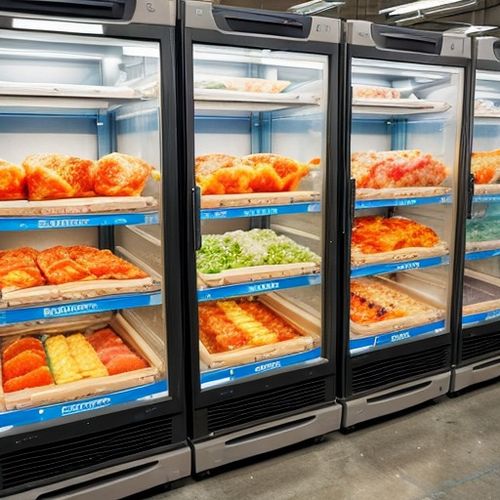
By Emma Thompson/Apr 10, 2025
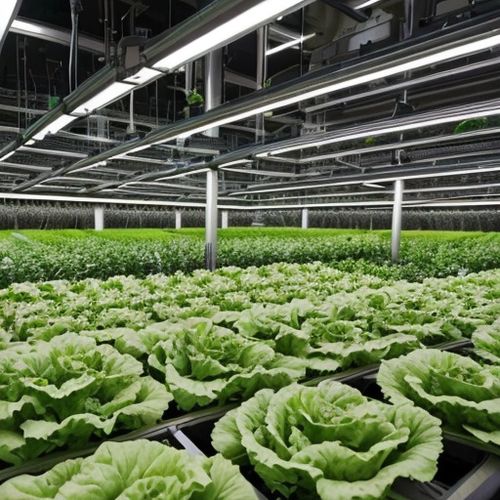
By Elizabeth Taylor/Apr 9, 2025

By Christopher Harris/Apr 9, 2025

By David Anderson/Apr 9, 2025

By Joshua Howard/Apr 9, 2025

By Emily Johnson/Apr 9, 2025

By John Smith/Apr 9, 2025
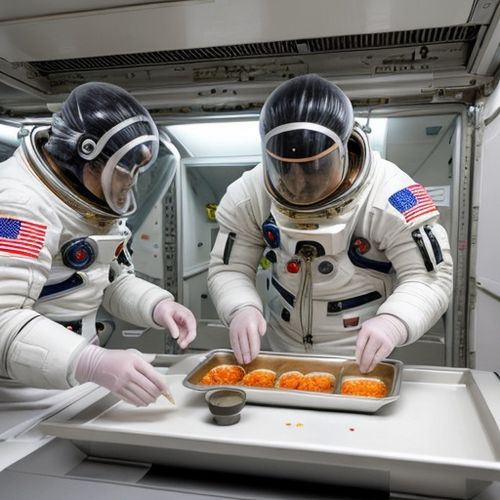
By Lily Simpson/Apr 9, 2025

By Lily Simpson/Apr 9, 2025